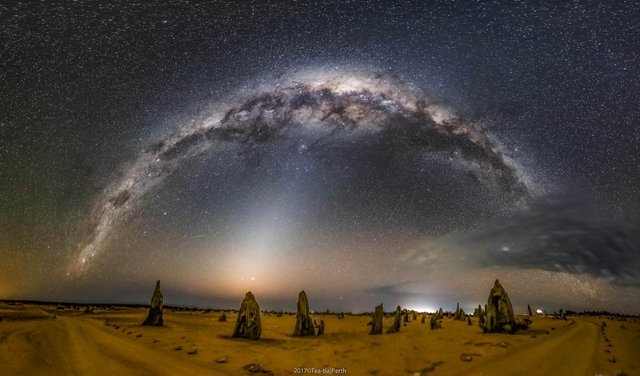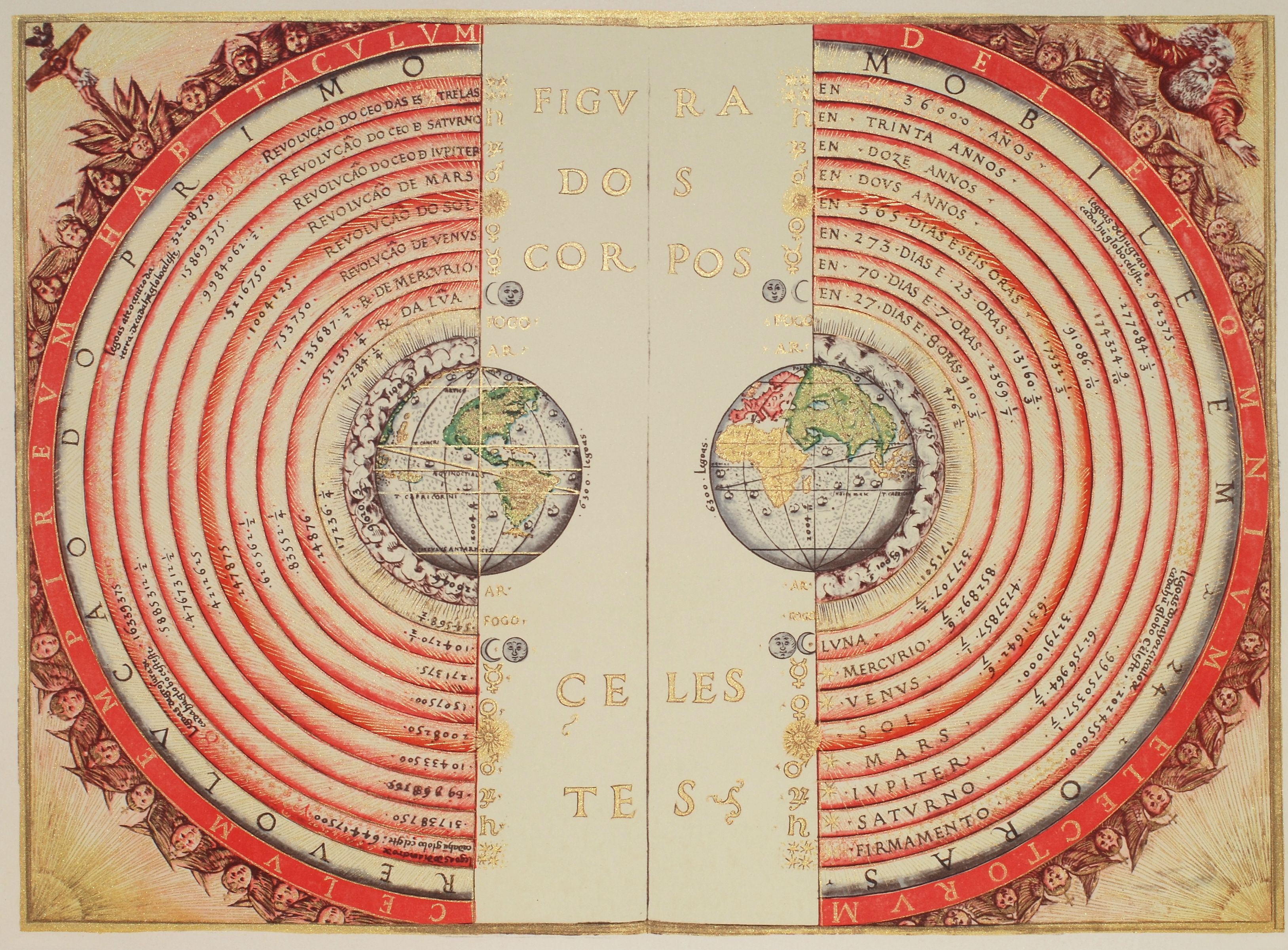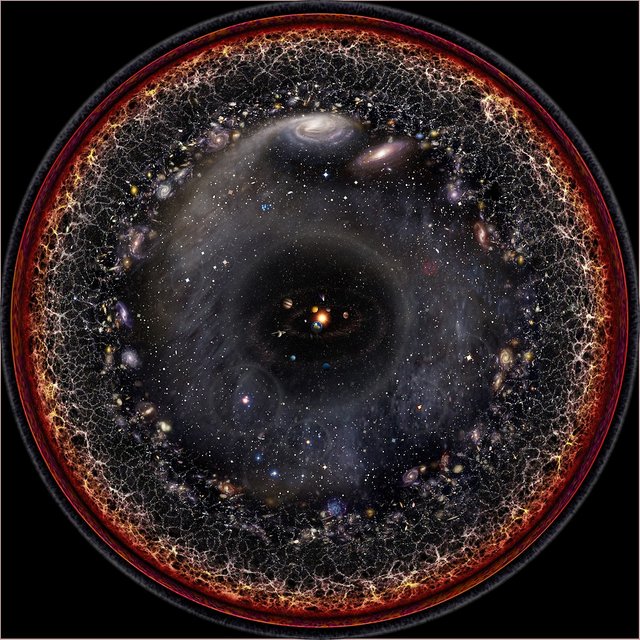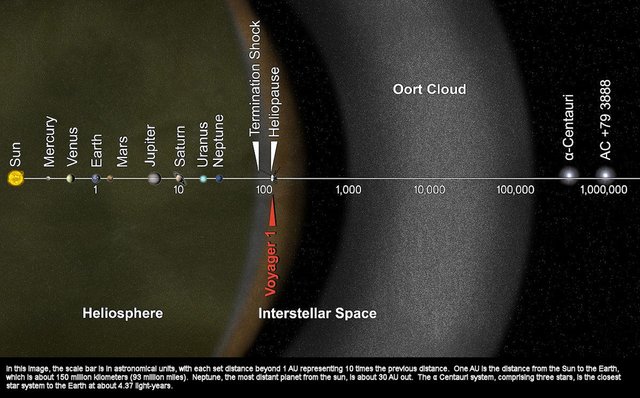Space - Just what do we know?

Milky Way and Zodiacal Light over Australian Pinnacles - by Jingyi Zhang
Space
Our understanding of our place in the universe is continually shifting as we learn more about the vast spaces around us. We live on this small blue planet, third rock from a humdrum sun, a fraction of a dot in the vast milky way galaxy, among countless others in the observable universe, where we see is just the tip of the iceberg.
It wasn’t long ago (relatively speaking, in the history of life on this planet) when most people believed the earth to be the centre of the universe. They would see the sun, and stars rise and fall, and believe them to be circling the earth. For the earth felt so steady and stable and unmoving...

It was beyond their comprehension that the earth could be rotating around the sun, and that our sun was one of many others in our galaxy in a universe of many other galaxies.
“Space is big. You just won't believe how vastly, hugely, mind- bogglingly big it is. I mean, you may think it's a long way down the road to the chemist's, but that's just peanuts to space.”
Douglas Adams, The Hitchhiker's Guide to the Galaxy

Observable Universe Logarithmic Illustration - Pablo Carlos Budassi
When we look to the skies, we are actually looking back in time as light (though it seems instant to us here on earth) takes time to travel across the vast distances of space. When we talk about the scales and distances involved it can quickly become incomprehensible.
When we talk about the universe in this context, were talking about the observable universe, this is the part of space-time that we can detect in a bubble around us.
Here is a good explanation into the differences between the observable universe and the entire universe.
The universe is expanding, and accelerating in its expansion. Due to this we can only see a part of it as the light from the most distant and ancient regions reaches our measuring tools as stretched microwave background radiation, the afterglow of the big bang.

WMAP Seven Year Microwave Sky - Nasa
The light from the big bang is only just reaching us from these most distant and ancient regions, which are now much farther away than even that.
Space could be infinite. It is also mainly empty as far as the physical, light and matter orientated particles are concerned.
Just how empty?
The sun is eight light-minutes away, meaning it’s light (travelling at 299,792,458 metres per second) takes eight minutes to reach us here on earth. We call the distance from the earth to the sun one Astronomical Unit, or AU and it’s about 150 million km (or 93 million miles).
Quite far, right?
Our furthest planet Neptune is around 30 AU from the sun, 2790 Million miles...

Scale of the solar system in AU
The next step up from the AU earth to sun distance unit is the light year...
A light year is about 63,000 AU, or 6 trillion miles.
To get a sense of this, If we scale the AU earth-to-sun distance to one inch (2.54cm), a light year would be about a mile (1.6km).
The closest star to our sun is around 4.24 light years away...
Our Milky Way galaxy of 100–400 billion stars is between 100,000 and 180,000 light years across.
Andromeda, the nearest galaxy to us is around 2.5 million light years away (around 160,000,000,000 AU).
Numbers become nearly meaningless in this situation. It is hard enough to visualise a million let alone trillions and trillions of miles. It is easier to visualise by comparison. This is where moving imagery comes in handy.
.
Born from stardust,
on a pale blue dot.
In the vastness of space,
accelerating,
from one small spot.
Speaking of small...
.
We can also see vast numbers by looking at the smaller scales of existence. While we have been searching for our place in the cosmos, we have also been searching for the fundamental layer of what everything is made of.
Not so long ago, grains of sand were the smallest thing we could see, and so we believed them to be the building blocks of everything else. Where once we believed the gods or curses to be the cause of illness, the discovery of microorganisms changed that. When the atom was discovered, it was thought to be indivisible, then upon splitting the atom we found protons, neutrons and electrons which were thought then to be the ‘smallest thing’. Now we know these particles are each made up of three smaller quarks and that they’re not really particles at all.
Max Planck, a theoretical physicist and the founder of quantum theory realised that electromagnetic waves were emitted as discrete packets of energy, he called them quanta.
He discovered each quanta would only take on certain values, multiples of a certain constant, known now as Planck constant. Everything in the universe is a multiple of these constant values, like pixels, they make up the fabric and energy of space itself.
Just how small is this pixel of the universe planck length?
Check out this planck to supercluster zoom... There is also an interactive site (requires flash) where you can zoom in and out yourself.
According to Peter Behroozi, a Hubble fellow at the University of California, for every grain of sand on our entire planet, there could be ten planets similar to Earth in the universe.
Comprehending the distances and numbers might make us feel overwhelmed. Yet we are in a unique position (at least on our own planet), in that we have the capacity to contemplate it all, and explore the nature of our existence.
“We are just an advanced breed of monkeys on a minor planet of a very average star. But we can understand the Universe. That makes us something very special.”
Stephen Hawking

I really enjoy these kind of postings, how big
and small the all, but is that everything?
There is always more to be found around the
next multidimensionalbubbles and I wonder
what that will be :-)
I really liked the pictures and videos you chose!
Thank you for this wonderful post @philosimator
resteeming for others to see 👀
Thank you, glad you enjoyed :)
I dont believe the physical world we see is all that is, but I wanted to keep this post to the physical side of things that we are used to.
We are discovering more and more as we progress. Next post like this I am thinking of covering the field, multidimentions, the fractalholographic nature of reality and what it might mean for us :)
@originalworks
The @OriginalWorks bot has determined this post by @philosimator to be original material and upvoted it!
To call @OriginalWorks, simply reply to any post with @originalworks or !originalworks in your message!
To enter this post into the daily RESTEEM contest, upvote this comment! The user with the most upvotes on their @OriginalWorks comment will win!
For more information, Click Here!
Special thanks to @reggaemuffin for being a supporter! Vote him as a witness to help make Steemit a better place!